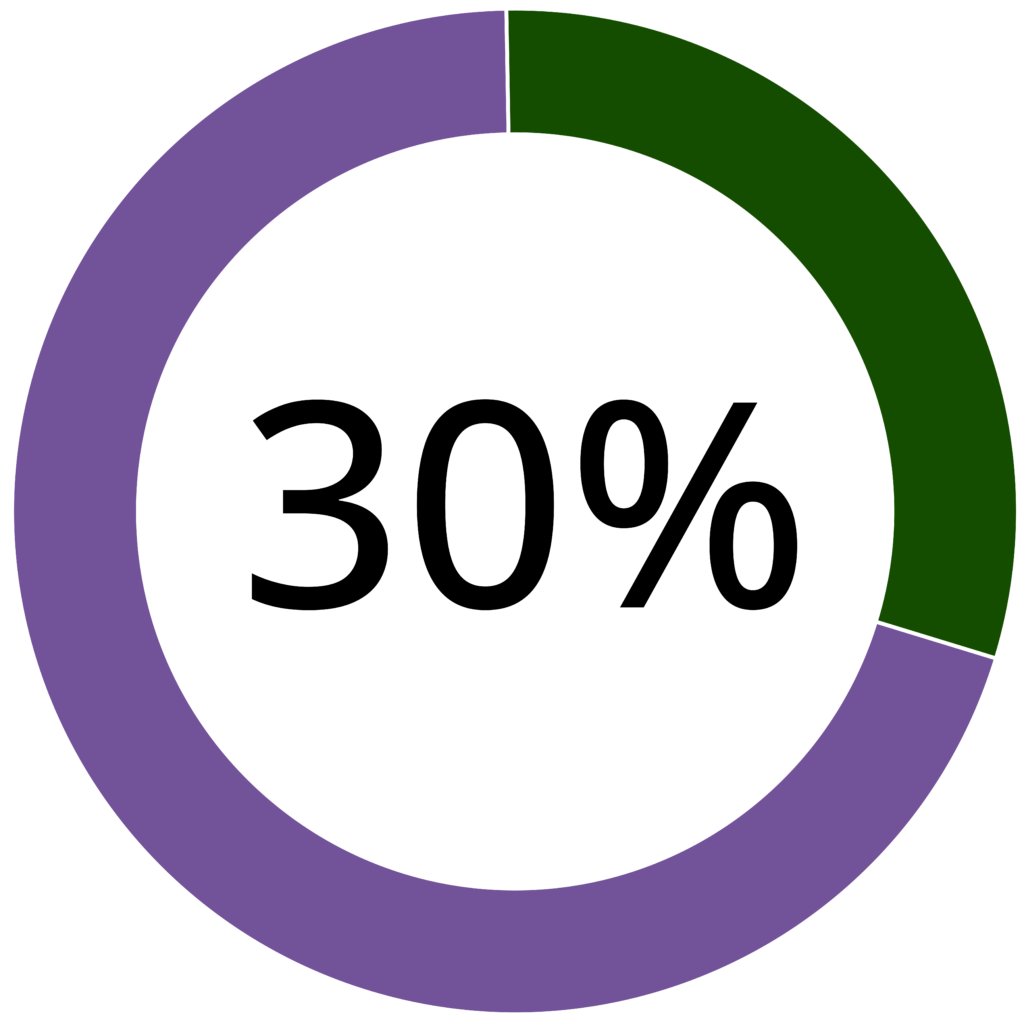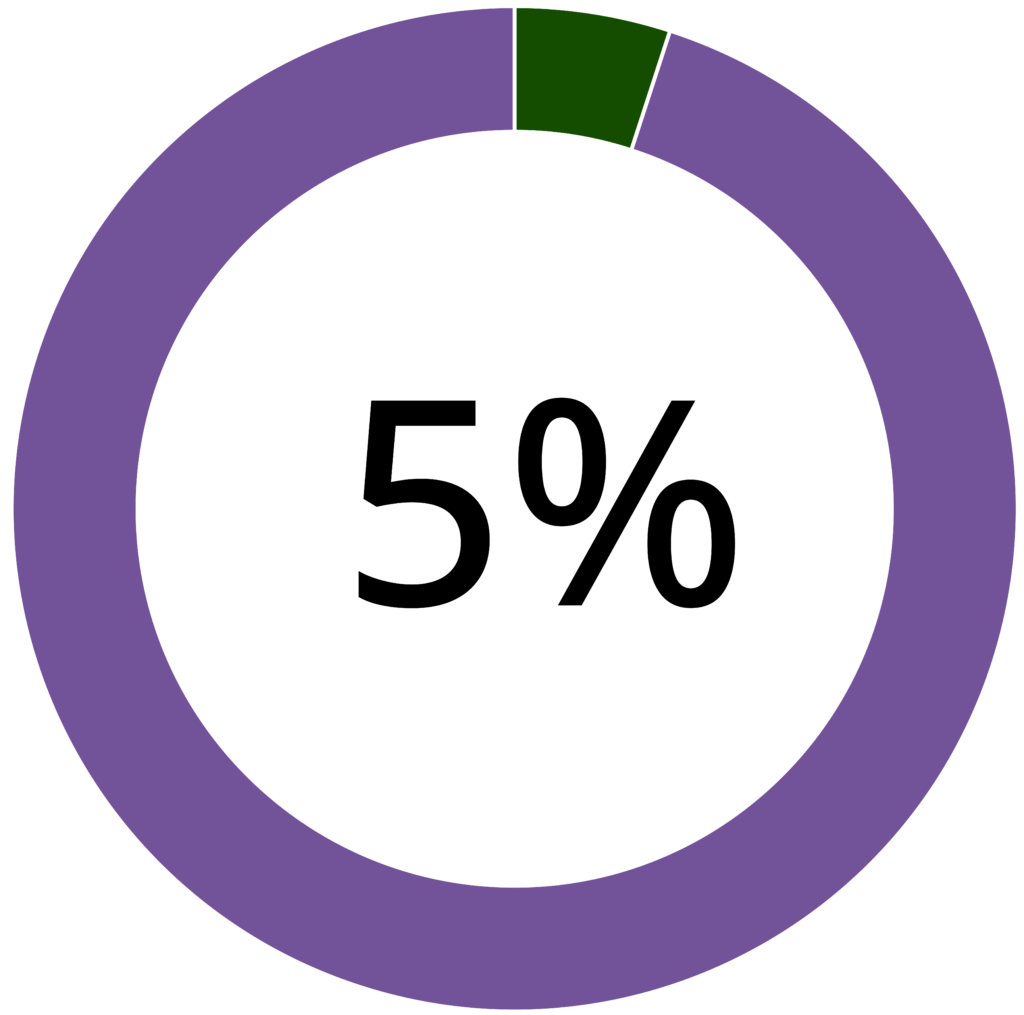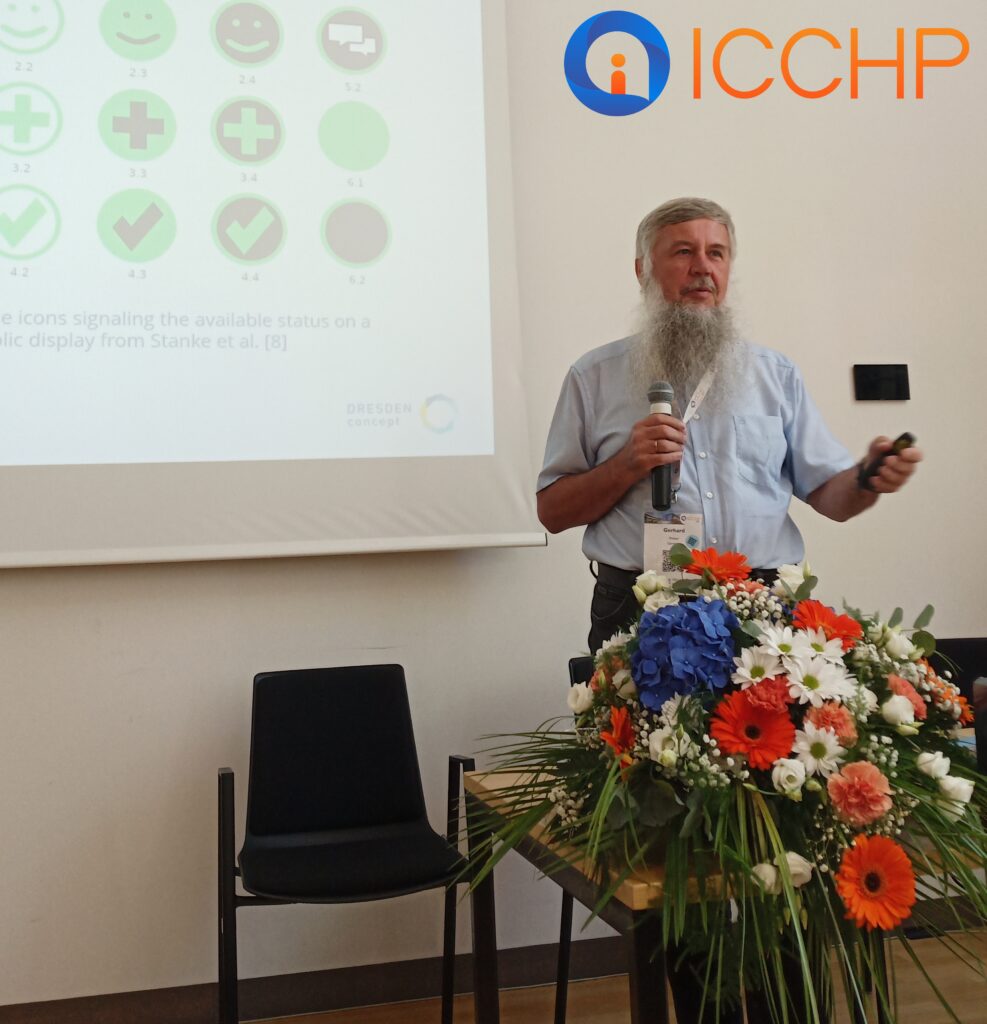News
Scientific Talk at the ICCHP Conference
 22. July 2024
22. July 2024
Call for Paper: Special Issue relating to Assistive Technologies for Neurodivergent People
 3. July 2024
3. July 2024
Submission Deadline for Extended Abstracts:
31.10.2024
Full Paper Contribution Relating to Assistive Technologies for Autists
 1. July 2024
1. July 2024
Supporting people on the autism spectrum in the professional domain through technical aids
Psychological disorders and developmental disabilities often entail reduced performance and adaptability, frequently leading to impairments in occupational functioning. Despite having received a good professional or scholastic education, individuals on the autism spectrum are significantly more prone to experiencing unemployment or being employed in vocations that have low qualification requirements, as compared to non-autistic individuals. Primary reasons for the low employment rate of autistic individuals in the primary labor market are the challenging work conditions, such as time constraints, information overload, high communicative demands, social competence, too many sensory stimuli, as well as the requirement for a high degree of flexibility.
“We say that individuals with autism lack empathy. No, we lack it. For them.”
Neuroscientist Henry Markram
Autism spectrum disorders are characterized, in particular, by difficulties in communication and social interaction. Perception processing is also often altered, leading many individuals with autism to struggle with an excess of visual or auditory information. These characteristics necessitate a workplace environment that is tailored to the specific needs of individuals with autism in their professional and academic daily lives. Traditional work environments are typically not designed to meet the needs of individuals on the autism spectrum. As a result, many individuals with autism are more frequently affected by unemployment or are employed in vocations that have low qualification requirements as compared to non-autistic individuals. Although many individuals with autism have received a good professional or scholastic education, their chances in the job market are thus lower.
Numbers & Facts
Frequency

Unemployment

Primary Labor Market

Source: Autismus Spektrum Portal
OUR GOALS
Supporting People on the Autism Spectrum in the Workplace Context
- Sensory Regulation: Reduction of stimuli to avoid sensory overload
- Communication: Assistance in verbal and textual communication.
- Task management: Providing assistance in structuring and prioritizing tasks and time management.


